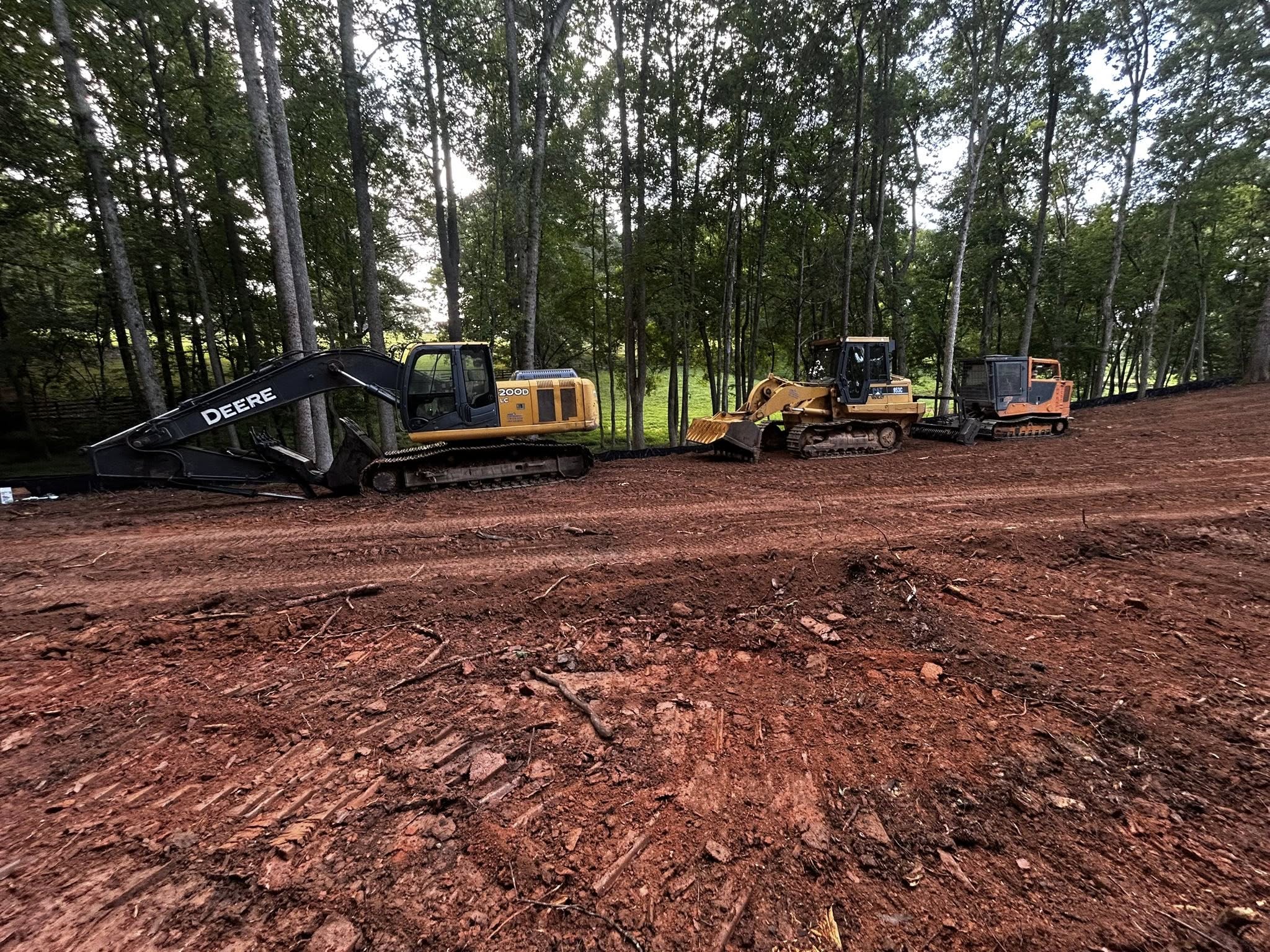
Mastering the Art of Sustainable Land Clearing Oct 20, 2025
To begin, understanding the significance of sustainable land clearing is crucial. Traditional land clearing methods often involve extensive deforestation, resulting in significant loss of biodiversity. By contrast, sustainable land clearing minimizes environmental impact and emphasizes the preservation of native ecosystems. For HRW Land Services, employing techniques such as selective clearing ensures that vital plant and animal habitats remain undisturbed, leading to healthier environmental outcomes.
The first step in any land clearing process is a comprehensive site assessment. Knowing the specifics of your land is pivotal. This involves evaluating soil quality, existing vegetation, and potential erosion risks. A thorough site analysis guides the development of a customized land clearing plan, tailor-made to preserve important ecological features. HRW Land Services prioritizes these assessments to ensure each project aligns with ecological sustainability goals.
Once the assessment is complete, choosing the right mix of land clearing methods is vital. Techniques vary from manual removal and use of heavy machinery to innovative mulching processes. Mulching, for instance, is a highly sustainable option that reduces waste by recycling cleared vegetation back into the soil. This process retains moisture, suppresses weeds, and enhances soil fertility — all key factors contributing to a more sustainable ecosystem. By integrating these strategies, HRW Land Services ensures that cleared land is primed for responsible development or agriculture.
Moreover, understanding and adhering to local environmental regulations is an aspect that cannot be overlooked. These regulations are put in place to protect endangered species and habitats, ensuring minimal legal and environmental repercussions. HRW Land Services is committed to maintaining compliance with these laws and providing guidance to clients who might be navigating such regulations for the first time.
Another vital element of sustainable land clearing is community engagement and education. For a project to be genuinely sustainable, involving local communities and raising awareness about ecological conservation is fundamental. Engaging stakeholders not only creates transparency but also fosters a culture of environmental stewardship among all parties involved. HRW Land Services encourages dialogue between developers and communities, ensuring shared values and environmental priorities are upheld throughout the land development process.
Conservation-based efforts extend beyond land clearing to include reforestation and habitat restoration. After clearing operations, the focus shifts towards replenishing the land. Planting native species helps maintain ecological balance and combat soil erosion. HRW Land Services advocates ongoing monitoring and maintenance, ensuring that restoration projects thrive and sustain local biodiversity.
In conclusion, sustainable land clearing is a strategic approach that requires deliberation, expertise, and a genuine commitment to environmental health. Companies like HRW Land Services provide robust, sustainable solutions by integrating innovative techniques, regulatory compliance, and community involvement in their land clearing services. By prioritizing sustainable methods, HRW Land Services not only enhances project success but also contributes to a greener, more resilient planet. Whether you're a landowner or developer, adopting sustainable land clearing practices is not just beneficial — it's essential for a sustainable future.
/filters:no_upscale()/filters:format(webp)/media/d58ce188-cbf9-44ce-abfc-d6183d31a444.jpeg)
/filters:no_upscale()/filters:format(webp)/media/cddc5331-79ae-4b78-b668-b2c9ea65cb2d.jpeg)